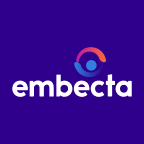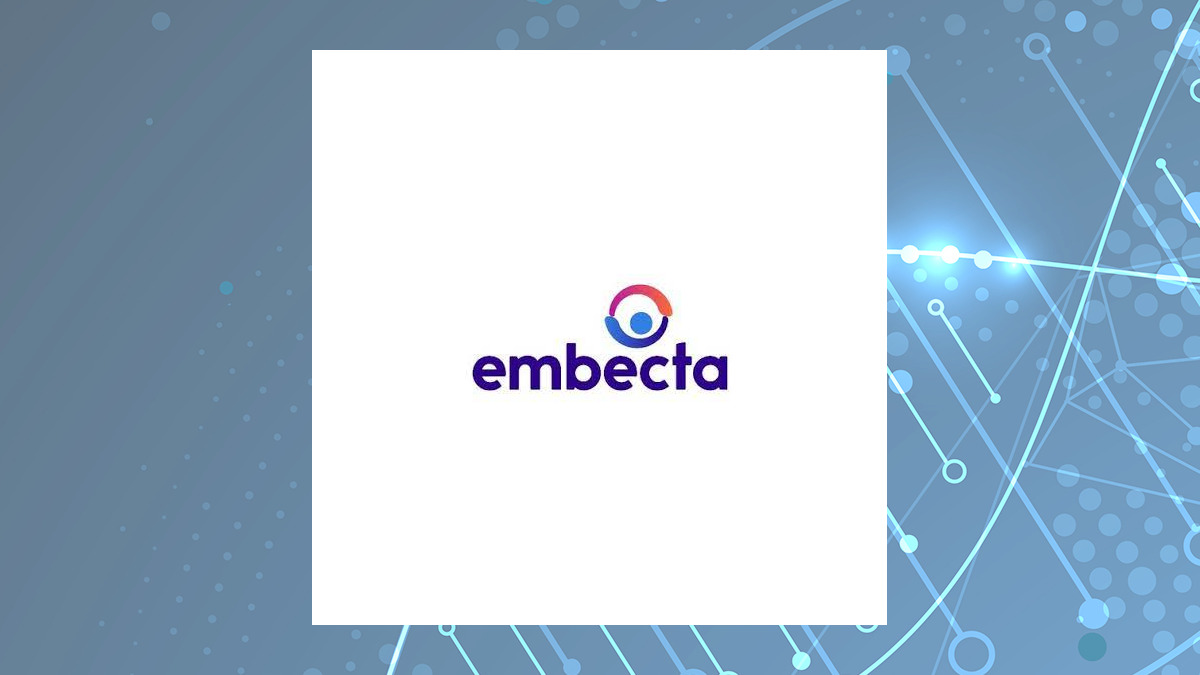
EMBC
Embecta Corp.
$11.05
-0.64
(-5.47%)
| Exchange: | |
| Market Cap: | 646.543M |
| Shares Outstanding: | 57M |
About The Company
| Sector: | Healthcare | |||||
| Industry: | Drug Manufacturers – Specialty & Generic | |||||
| CEO: | Devdatt Kurdikar | |||||
| Full Time Employees: | 2000 | |||||
| Address: |
|
|||||
| Website: | https://www.embecta.com |
Embecta Corp., a medical device company, focuses on the provision of various solutions to enhance the health and wellbeing of people living with diabetes. Its products include pen needles, syringes, and safety devices, as well as digital applications to assist people with managing their diabetes. The company primarily sells its products to wholesalers and distributors in the United States and internationally. Embecta Corp. was founded in 1924 and is based in Parsippany, New Jersey. Embecta Corp.(NasdaqGS:EMBC) operates independently of Becton, Dickinson and Company as of April 1, 2022.
Click to read more…
Revenue Segmentation
EPS
Earnings Call
Income Statement
(* All numbers are in thousands)
Balance Sheet
(* All numbers are in thousands)
Cash Flow Statement
(* All numbers are in thousands)
Analyst Estimates
(* All numbers are in thousands)







